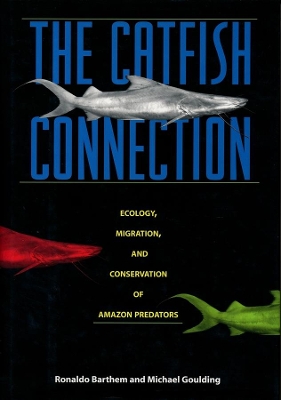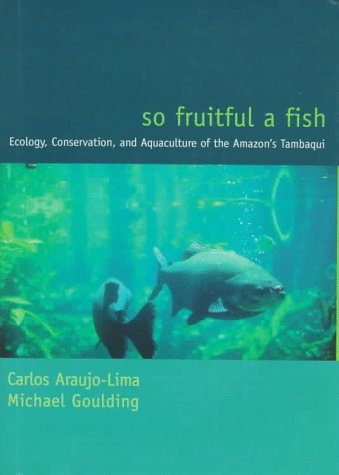Biology and Resource Management
2 total works
The Amazon Basin's rivers, estuaries and tributaries are home to as many as 1000 species of catfish. In this work, two scientists offer a natural history of the Amazon giant catfish and its central place as a source of food and income within the ecology and economy of the Amazon Basin. While focusing primarily on two species of giant catfish - known locally as Dourada and Piramutaba - the authors also present illustrated accounts of 13 distinct large fish. Their research yields strong statistical data and field observations that illustrate the catfishes' extensive migratory range and presents solid evidence of animal species requiring or using a large part of the basin for their ecological needs. This text also proposes techniques for the careful management of this resource to ensure its survival for future generations. This study should be a useful reference for marine and conservation biologists in the field, ecologists, resource management professionals and development workers.
Aquaculture, or "fish farming" is a rapidly growing industry in several parts of the world. The Amazon Basin contains at least 2500 species of fish, making it well-suited for the aqualculture business. Of these fish, none is more ecologically spectacular or economically vital than the tambaqui. It is one of the best-tasting freshwater fish, and its tendency to eat fruits and seeds makes it a prime candidate for farming. The tambaqui offers promise as a healthy, environmentally friendly food source. This text presents a portrait of an Amazonian fish as it exists in its natural habitat. More than just biology, the book demonstrates how the tambaqui symbolizes the tight ecological link between rivers and rainforests.

